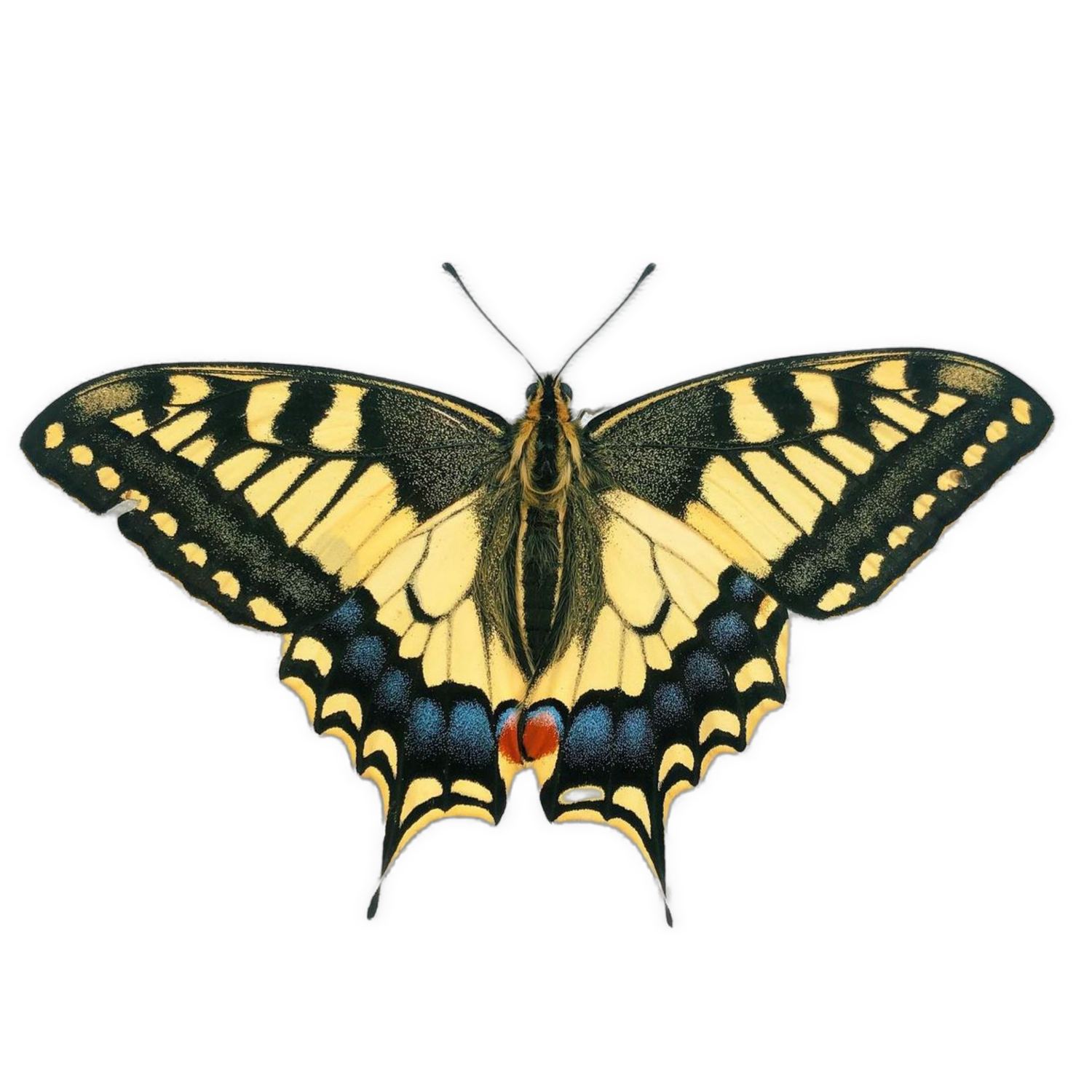Hyalophora cecropia EGGS
Hyalophora cecropia, known commonly as either the Robin Moth or Cecropia Moth, is one of North America’s most recognisable species - both as caterpillars, which are blue and adorned with colourful nodes, and the bright red pattern of the adult moth. Caterpillars feed on the leaves of various deciduous trees, but they are notoriously difficult to get through to maturity. The best results seem to be achieved by raising caterpillars in mesh cages to allow airflow. I use potted Willow plants for rearing and these seem to produce far superior results, though it is difficult to identify why this is (whether down to the host plant species or the fact that the plant is alive and not cut). Despite this, cocoons and moths require almost no input so are very easy to care for. Cocoons must be stored cold to break dormancy, they will then emerge in response to warmer weather in late spring or early summer.
Difficulty - Caterpillars are challenging (7/10); cocoons and moths are easy (1/10)
Host plants - Willow; Birch; Apple; Cherry; Plum; Alder; Ash; Sweet Gum; Maples and others
Conditions - Good air flow and hygeine essential for caterpillars; room temperature or outside
Lifecycle - Single brood annually
Hyalophora cecropia, known commonly as either the Robin Moth or Cecropia Moth, is one of North America’s most recognisable species - both as caterpillars, which are blue and adorned with colourful nodes, and the bright red pattern of the adult moth. Caterpillars feed on the leaves of various deciduous trees, but they are notoriously difficult to get through to maturity. The best results seem to be achieved by raising caterpillars in mesh cages to allow airflow. I use potted Willow plants for rearing and these seem to produce far superior results, though it is difficult to identify why this is (whether down to the host plant species or the fact that the plant is alive and not cut). Despite this, cocoons and moths require almost no input so are very easy to care for. Cocoons must be stored cold to break dormancy, they will then emerge in response to warmer weather in late spring or early summer.
Difficulty - Caterpillars are challenging (7/10); cocoons and moths are easy (1/10)
Host plants - Willow; Birch; Apple; Cherry; Plum; Alder; Ash; Sweet Gum; Maples and others
Conditions - Good air flow and hygeine essential for caterpillars; room temperature or outside
Lifecycle - Single brood annually
Hyalophora cecropia, known commonly as either the Robin Moth or Cecropia Moth, is one of North America’s most recognisable species - both as caterpillars, which are blue and adorned with colourful nodes, and the bright red pattern of the adult moth. Caterpillars feed on the leaves of various deciduous trees, but they are notoriously difficult to get through to maturity. The best results seem to be achieved by raising caterpillars in mesh cages to allow airflow. I use potted Willow plants for rearing and these seem to produce far superior results, though it is difficult to identify why this is (whether down to the host plant species or the fact that the plant is alive and not cut). Despite this, cocoons and moths require almost no input so are very easy to care for. Cocoons must be stored cold to break dormancy, they will then emerge in response to warmer weather in late spring or early summer.
Difficulty - Caterpillars are challenging (7/10); cocoons and moths are easy (1/10)
Host plants - Willow; Birch; Apple; Cherry; Plum; Alder; Ash; Sweet Gum; Maples and others
Conditions - Good air flow and hygeine essential for caterpillars; room temperature or outside
Lifecycle - Single brood annually


